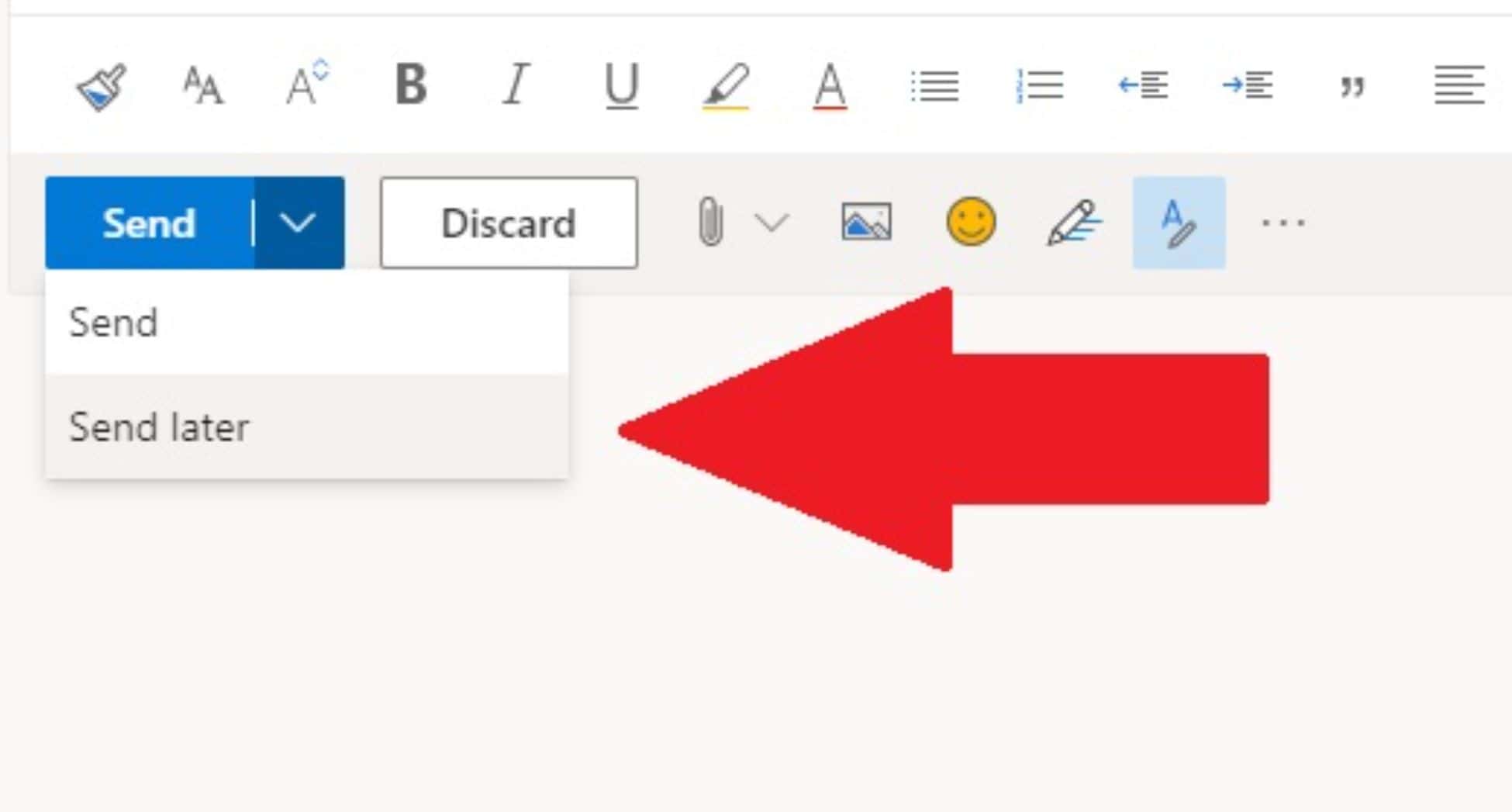

See recv(2) and below for an exact description of its fields. The definition of the msghdr structure follows. MSG_OOB Sends out-of-band data on sockets that support this notion (e.g., of type SOCK_STREAM) the underlying protocol must also support Requests not to send SIGPIPE on errors on stream oriented sockets when the other end breaks the connection. (See also the UDP_CORK socket option described in

Single datagram which is only transmitted when a call is performed that does not specify this flag. Since Linux 2.6, this flag is also supported for UDP sockets, and informs the kernel to package all of the data sent in calls with this flag set into a With the difference that this flag can be set on a per-call basis. This flag is used with TCP sockets to obtain the same effect as the TCP_CORK socket option (see tcp(7)), Terminates a record (when this notion is supported, as for sockets of type SOCK_SEQPACKET). O_NONBLOCK flag with the F_SETFL fcntl(2)). This is only defined for protocol families that route packet sockets don't.Įnables nonblocking operation if the operation would block, EAGAIN or EWOULDBLOCK is returned (this can also be enabled using the This is usually used only by diagnostic or routing programs. MSG_DONTROUTE Don't use a gateway to send out the packet, only send to hosts on directly connected networks. Only valid on SOCK_DGRAM and SOCK_RAW sockets and currently only implemented for IPv4 and IPv6. Reprobe the neighbor (e.g., via a unicast ARP). If the link layer doesn't get this it will regularly Tell the link layer that forward progress happened: you got a successful reply from the other side. The flags argument is the bitwise OR of zero or more of the following flags. The select(2) call may be used to determine when it In nonblocking mode it would fail with the error EAGAIN or EWOULDBLOCK in this case. When the message does not fit into the send buffer of the socket, send() normally blocks, unless the socket has been placed in nonblocking I/O mode. Locally detected errors are indicated by a return value of -1. No indication of failure to deliver is implicit in a send(). If the message is too long to pass atomically through the underlying protocol, the error EMSGSIZE is returned, and the message is not transmitted. The sendmsg() call also allows sending ancillary data (also known as control information). For sendmsg(), the message is pointed to by theĮlements of the array msg.msg_iov. Target is given by msg.msg_name, with msg.msg_namelen specifying its size.įor send() and sendto(), the message is found in buf and has length len. Otherwise, the address of the target is given by dest_addr with addrlen specifying its size. Ignored (and the error EISCONN may be returned when they are not NULL and 0), and the error ENOTCONN is returned when the socket was not actuallyĬonnected. If sendto() is used on a connection-mode ( SOCK_STREAM, SOCK_SEQPACKET) socket, the arguments dest_addr and addrlen are The argument sockfd is the file descriptor of the sending socket. Sendto(sockfd, buf, len, flags, NULL, 0) With a zero flags argument, send() is equivalent to write(2). The only differenceīetween send() and write(2) is the presence of flags. The send() call may be used only when the socket is in a connected state (so that the intended recipient is known). In some campaign types, you may see this option as Let Mailchimp optimize send time for maximum engagement.The system calls send(), sendto(), and sendmsg() are used to transmit a message to another socket.

When your campaign is ready to send, click Schedule.To use Send Time Optimization on your email campaign, follow these steps. Learn about the science of Send Time Optimization. When you create an email and turn on Send Time Optimization, we’ll use this data to pinpoint an ideal time within 24 hours of your selected send date, and send your campaign at that time. Some of those people receive emails from more than one Mailchimp user, which means we have some data about their individual engagement patterns. Mailchimp users send a lot of email to a lot of people. This feature can only be used if there are more than five hours left in the day in the time zone set for the account. We don’t recommend this feature for same-day sending.This feature is not available in automated emails. Send Time Optimization can be used on Mailchimp’s regular, plain-text, A/B testing, and multivariate email types.Find out what features are included in each plan. Depending on your plan, you may not have access to Send Time Optimization.Here are some things to know before you start this process.
#SEND HOW TO#
In this article, you’ll learn how to use Send Time Optimization. Send Time Optimization uses data science to determine when your contacts are most likely to engage, and sends your emails at that time. If you wonder about the best time of day or night to send emails, Send Time Optimization can take out the guesswork.


 0 kommentar(er)
0 kommentar(er)
